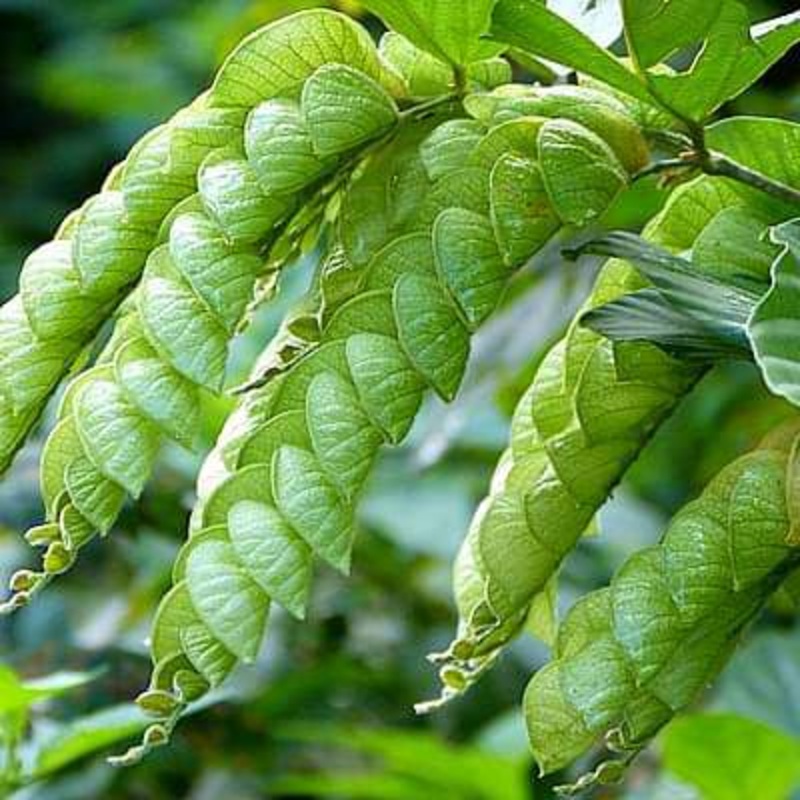Zinnia F1 Elegans Pink - Flower Seeds
Introducing the Zinnia F1 Elegans Pink, a stunning addition to any garden or landscape. Known for its vibrant pink blooms, this annual flower is a favorite among gardeners and pollinators alike. With a robust growth habit and long-lasting flowers, these seeds promise a spectacular display from summer to fall, making them perfect for borders, containers, and cut flower arrangements.
What sets Zinnia F1 Elegans Pink apart is its exceptional disease resistance and ability to thrive in various conditions. This hybrid variety boasts larger, more uniform flowers compared to traditional zinnias, ensuring a breathtaking visual impact. Its bright pink petals not only attract butterflies and bees but also add a cheerful touch to any outdoor space.
Special features of the Zinnia F1 Elegans Pink include its quick growth rate and ability to bloom continuously throughout the season. This hardy flower can withstand heat and drought, making it an ideal choice for gardeners in diverse climates.
Growing Instructions:
- Sow seeds indoors 6-8 weeks before the last frost or directly outdoors after the danger of frost has passed.
- Plant seeds 1/4 inch deep in well-drained soil, spacing them 12-18 inches apart.
- Provide full sun (6-8 hours of sunlight daily) for optimal growth.
- Water regularly, allowing the soil to dry slightly between waterings.
Care Instructions:
- Fertilize with a balanced fertilizer every 4-6 weeks during the growing season.
- Deadhead spent blooms to encourage continuous flowering.
- Monitor for pests such as aphids and spider mites; treat as necessary.
- Cut back any leggy growth to promote bushier plants.
Uses:
- Perfect for garden beds, borders, and containers.
- Ideal for cut flower arrangements, providing long-lasting beauty indoors.
- Great for attracting pollinators, enhancing biodiversity in your garden.
Fun Facts:
- Zinnias are native to Mexico and were cultivated by the Aztecs for their vibrant colors.
- The name "Zinnia" honors German botanist Johann Zinn, who studied the plant in the 18th century.
- These flowers are known to have a positive environmental impact by attracting beneficial insects and pollinators.

